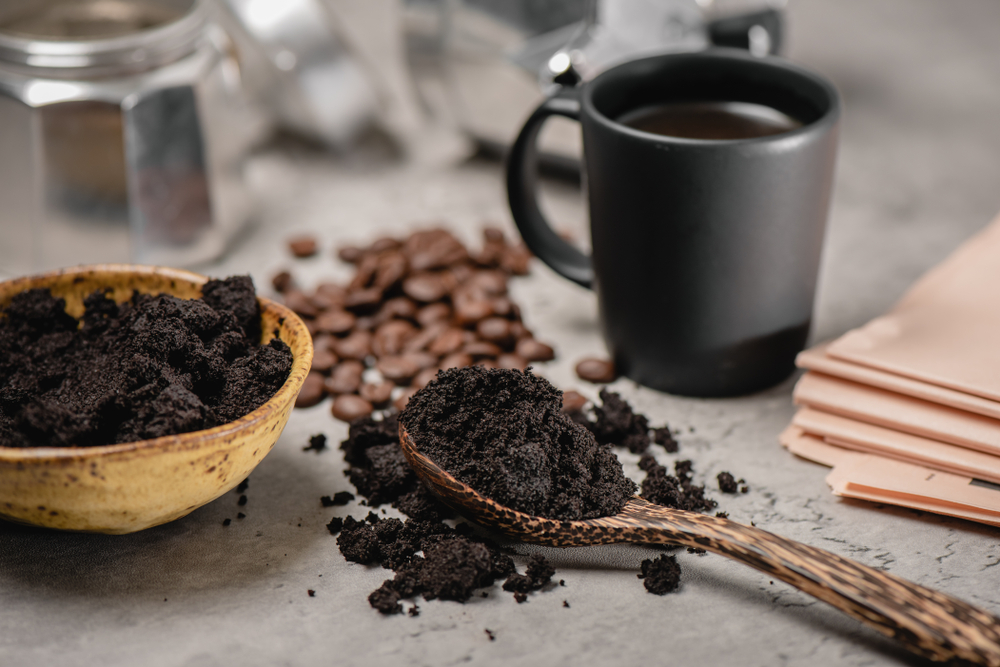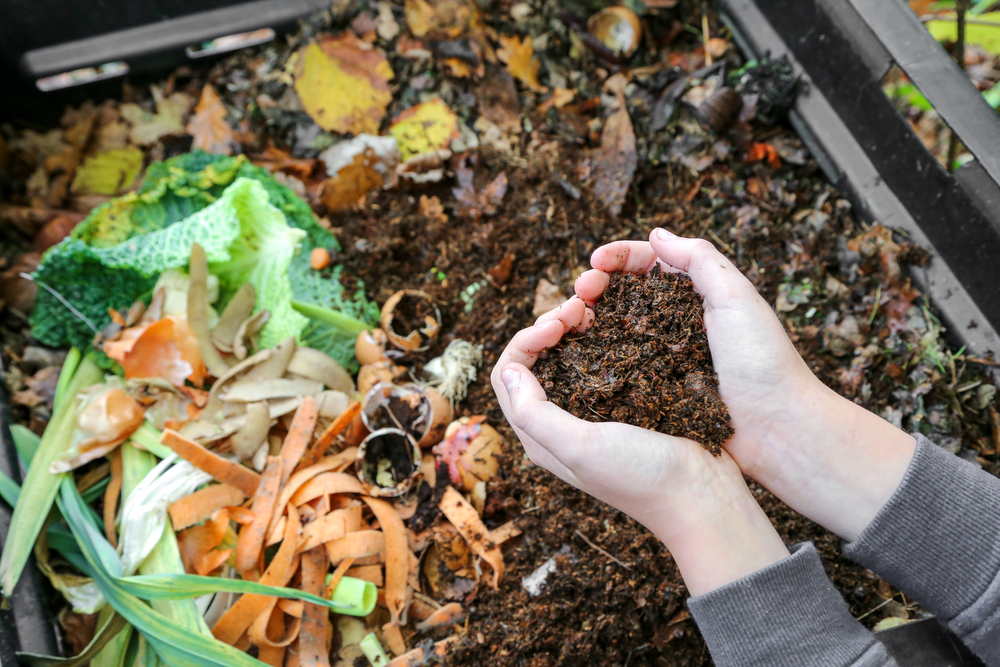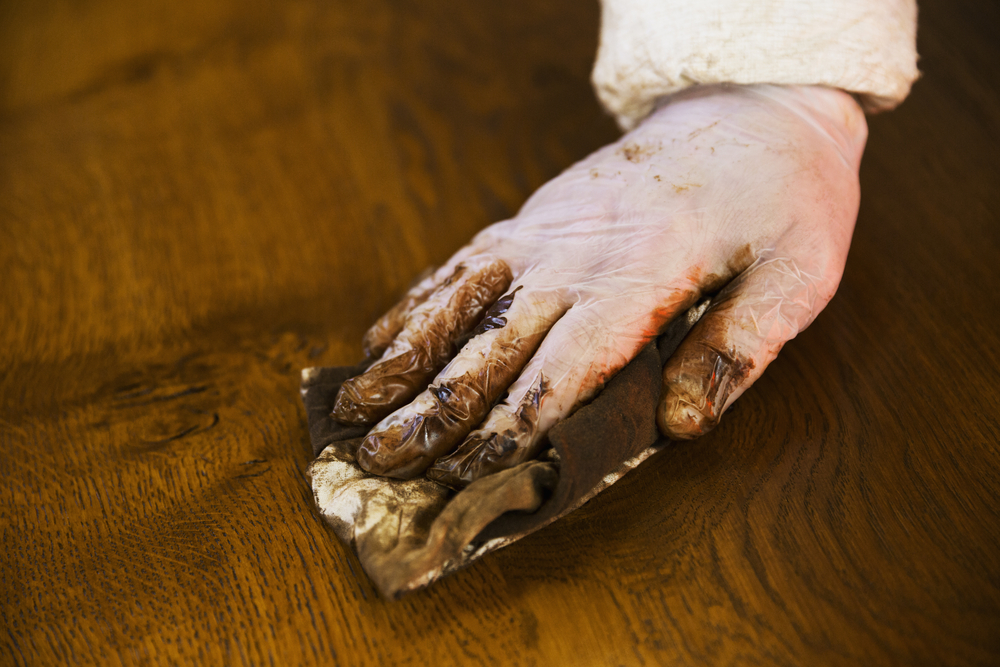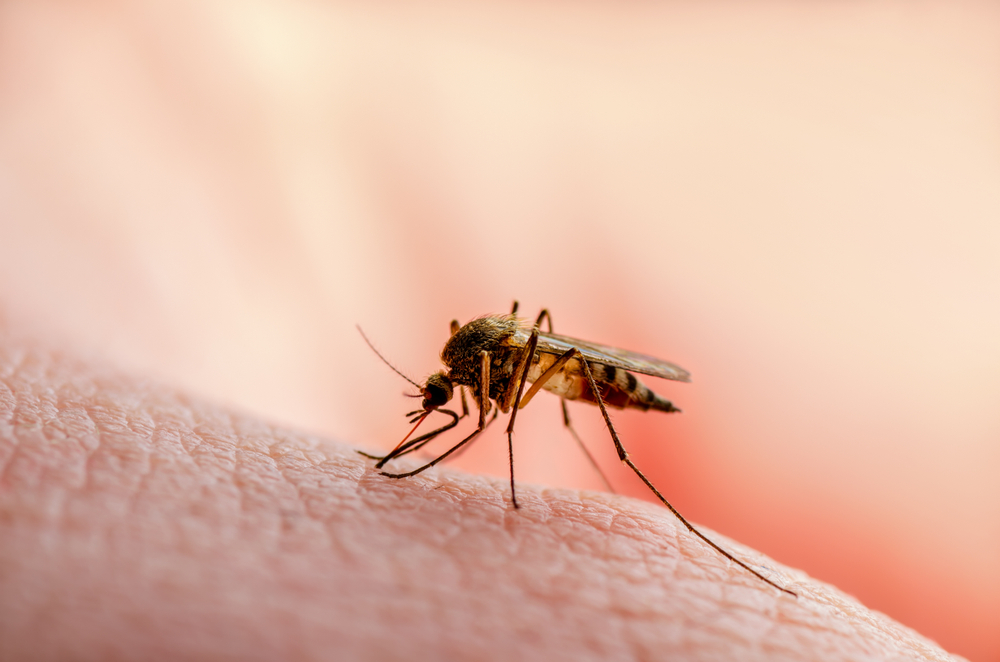Every year, thousands of pounds of used coffee grounds is dumped in the garbage to be shipped to a landfill where it will just be add to the growing amount of garbage in this world. Next time you make coffee, instead of putting it to waste, consider putting your used coffee grounds to the test for any of the following uses.
4 Used Coffee Grounds Uses

In a world where sustainability and resourcefulness are becoming increasingly important, discovering innovative ways to repurpose everyday items is both practical and environmentally friendly. Among these versatile materials lies used coffee grounds, often overlooked after their initial brew. However, these grounds possess untapped potential, offering a myriad of possibilities beyond their original purpose. From enriching your garden soil to creating luxurious homemade beauty treatments, let’s explore four ingenious uses for repurposing used coffee grounds, breathing new life into this humble ingredient.
Read More: The New Trend of “Coffee Napping” Will Blow Your Mind (and make it more alert)
1. Compost

Used coffee grounds can make an excellent addition to your compost pile. This is because coffee grounds are rich in nitrogen, which provides bacteria in the compost with the energy they need to break down the organic items being composted. This can help speed up the composting process, and the coffee grounds will also help mask the unpleasant smell that accompanies this.
To use coffee grounds as compost, just throw your leftover grounds in your compost bin as you would with anything else that you would put in it.
2. Fertilizer

The reason old coffee grounds are an effective compost tool is the same one that makes it an effective fertilizer, and that is its abundance of nitrogen. Mixing coffee grounds with the soil you plan on using to grow with encourages the growth of microbes in the ground. While these microbes are breaking down, the nitrogen that is present will provide an excellent source of nutrients for your plants. Coffee grounds can be a great garden companion!
Contrary to what many people think, used coffee grounds are actually not acidic, which is an idea that has dissuaded many people from using coffee grounds as fertilizer in the past. This acid found in coffee beans is water soluble, meaning it gets washed away into the coffee itself, leaving the used grounds acid-free.
Read More: Coffee Clash: Which Medications Should You Avoid With Your Morning Joe?
3. Staining Wood

Used coffee grounds make an excellent alternative for do-it-yourself wood staining. It is incredibly simple to apply and it will give your wood a nice, organic tone.
To make this wood stain, start off by gathering your leftover coffee grounds and pouring them into your coffee pot or your French press. Add boiling water to the container and let it sit for at least two hours, however, if you have enough time to let it sit overnight do that instead. Once the mixture is finished sitting, filter out the coffee grounds and pour it into a container that is large enough that you can fit a paintbrush in it.
When applying this coffee ground wood stain, briefly soak your paintbrush in the mixture and apply it generously to the wood. After adding a layer wait about 10 minutes for it to quickly dry, then add another layer. Do this a few times and continue until you reach the desired shade. If you want to make it even darker you can rub in any leftover coffee grounds that you have.
4. Mosquito Repellent

Used coffee grounds can act as a great mosquito repellent and insecticide. Not only to mosquitoes dislike the strong scent emitted by used coffee grounds, but several studies have shown that coffee is also effective at killing off mosquito larvae, making it an effective natural insecticide as well.
In order to use coffee grounds as a mosquito repellent/insecticide, pour fine, used coffee grounds into any small, still bodies of water near your house, such as in small ponds of puddles in or around your backyard. This will make these environments uninhabitable for grown mosquitoes and will also kill of any mosquito larvae growing there. You can also try burning coffee grounds in tin cans or aluminum foil to increase its insect-repelling scent or pour coffee grounds mixed with hot water in a spray bottle and spraying it in infested areas.
Read More: Kids are Getting Drunk by Adding Vanilla Extract to their Coffee
Sources
- “DIY coffee ground wood stain.” Whiskeywoodcreations
- Oregon State
- “Coffee May Be the Future of Mosquito Control.” Huffpost.
Jason Tetro. May 19, 2015.

